1. Basil
A must-have for Italian dishes, basil grows quickly and requires plenty of sunlight and regular watering. It's perfect for pesto, salads, and pasta dishes.
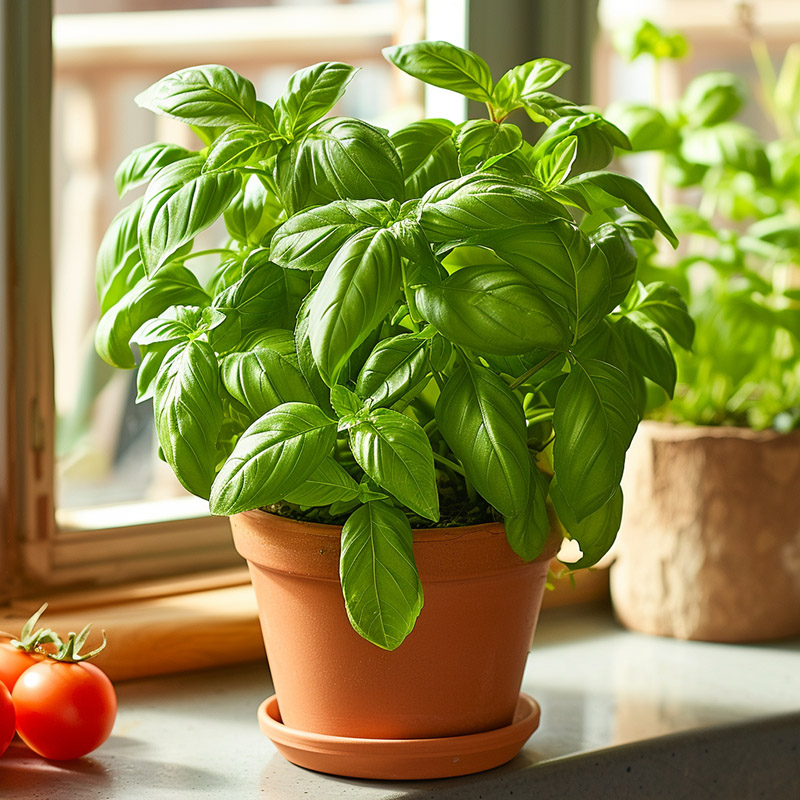
How Basil is used in cooking
Basil, with its sweet and peppery flavor, is a cornerstone in Italian cuisine. It's the star ingredient in classic pesto, where it's blended with pine nuts, garlic, Parmesan, and olive oil. Fresh basil leaves are a delightful addition to Caprese salad, layered with mozzarella and tomatoes, and are also perfect for flavoring tomato-based pasta sauces. In Thai cooking, basil adds a unique flavor to stir-fries and curries.
Processing Basil
Gently rinse basil leaves in cool water. Pat dry with a paper towel.
Storing Basil
Wrap the basil in a damp paper towel and place it in a plastic bag. Store in the refrigerator. Alternatively, basil can be frozen in an airtight container or blended into pesto and stored in the freezer.
2. Parsley
This versatile herb is easy to grow and can thrive in both sunny and partially shaded areas. Parsley is excellent for garnishing and adding a fresh flavor to a wide range of dishes.
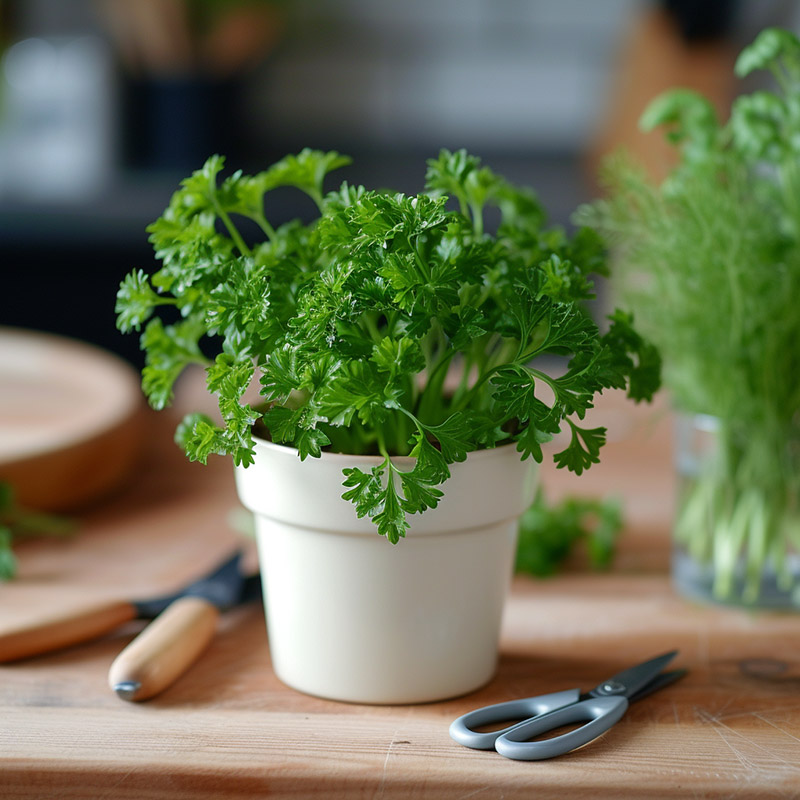
How Parsley is used in cooking
Parsley, known for its clean and slightly peppery taste, is a versatile herb used in many cuisines. It's a key ingredient in tabbouleh, a Middle Eastern salad, and is also used to garnish and add freshness to soups, stews, and pasta dishes. In Italian cooking, parsley is often combined with garlic and lemon zest to make gremolata, a condiment served with osso buco.
Processing Parsley
Rinse the parsley under cold water. Shake off excess moisture and pat dry.
Storing Parsley
Place the stems in a jar of water like a bouquet of flowers and cover the leaves loosely with a plastic bag. Store in the refrigerator. Parsley can also be chopped and frozen in ice cube trays with water or olive oil.
3. Cilantro (Coriander)
Great for salsas, Asian and Mexican dishes, cilantro prefers cooler conditions and can be grown in a pot or directly in the ground.
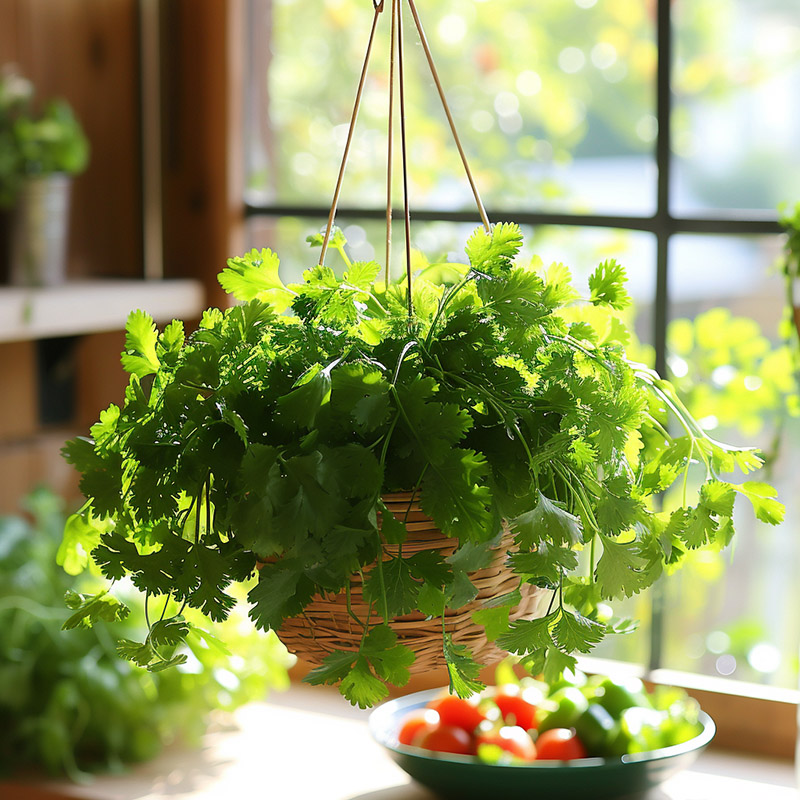
How Cilantro is used in cooking
Cilantro, with its pungent and citrusy flavor, is essential in Mexican, Indian, and Asian cuisines. It's used in salsa, guacamole, and as a garnish for tacos and curries. In Indian cooking, cilantro is often blended into chutneys and added to dishes like masala and biryani for a burst of fresh flavor.
Processing Cilantro
Wash the cilantro in cold water and gently shake off the excess water.
Storing Cilantro
Store cilantro like parsley, in a jar of water covered with a plastic bag in the fridge. It can also be finely chopped and frozen in ice cube trays with water.
4. Mint
Mint is incredibly hardy and can grow in a variety of conditions, though it thrives best in moist, shaded areas. It's great for teas, cocktails, and garnishing desserts.
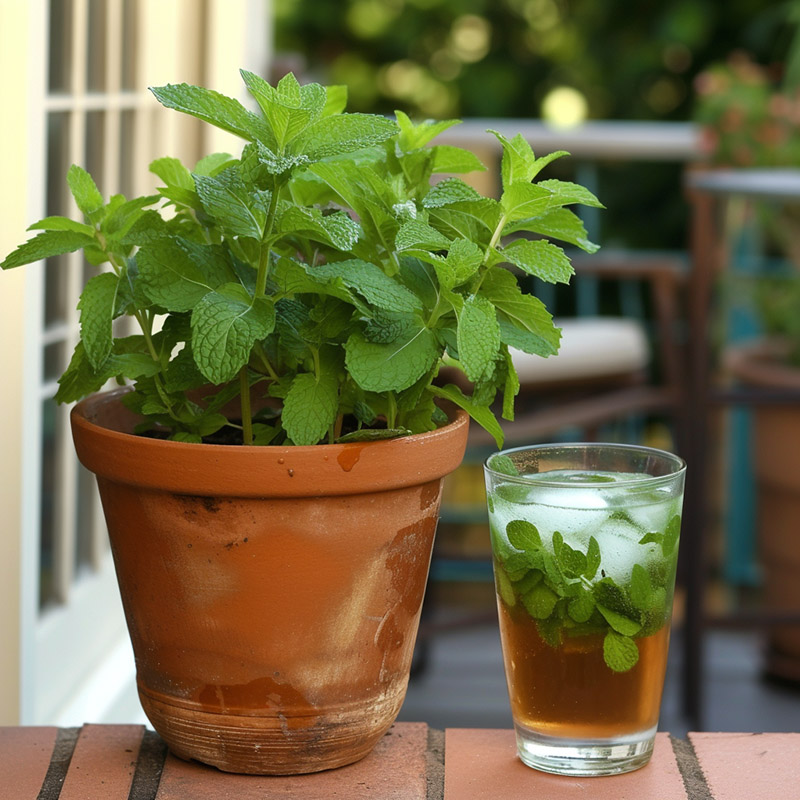
How Mint is used in cooking
Mint is known for its cool and refreshing taste. It's a key ingredient in Middle Eastern salads like tabbouleh, adds a fresh twist to spring rolls and Vietnamese pho, and is used in Indian chutneys. Mint also pairs well with lamb dishes and is used to make a classic mint sauce.
Processing Mint
Rinse mint leaves under cool water and pat dry.
Storing Mint
Store mint in a jar of water at room temperature or in the refrigerator. Alternatively, mint leaves can be frozen in an airtight bag or container.
5. Chives
Chives grow well in a pot or in the ground and require minimal care. They add a mild onion flavor to dishes and are great in salads, soups, and as garnishes.
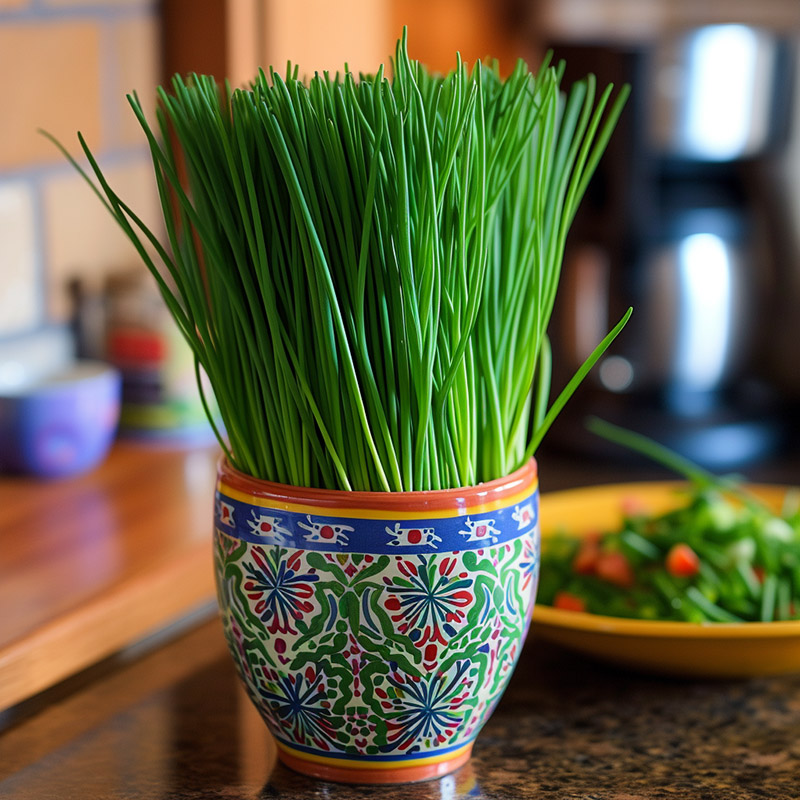
How Chives is used in cooking
Chives, with their mild onion flavor, are great for adding a subtle zing to dishes. They're commonly used as a garnish for baked potatoes, omelets, and soups. Chives also add flavor to cream cheese, dips, and are a delicious topping for salads and fish dishes.
Processing Chives
Wash chives and pat them dry. Snip the ends off with scissors.
Storing Chives
Wrap in a damp paper towel and place in a plastic bag in the refrigerator. Chives can also be chopped and frozen in an airtight container.
6. Rosemary
This aromatic herb loves the sun and well-drained soil. It's a hardy plant, perfect for roasting meats, potatoes, and in breads.
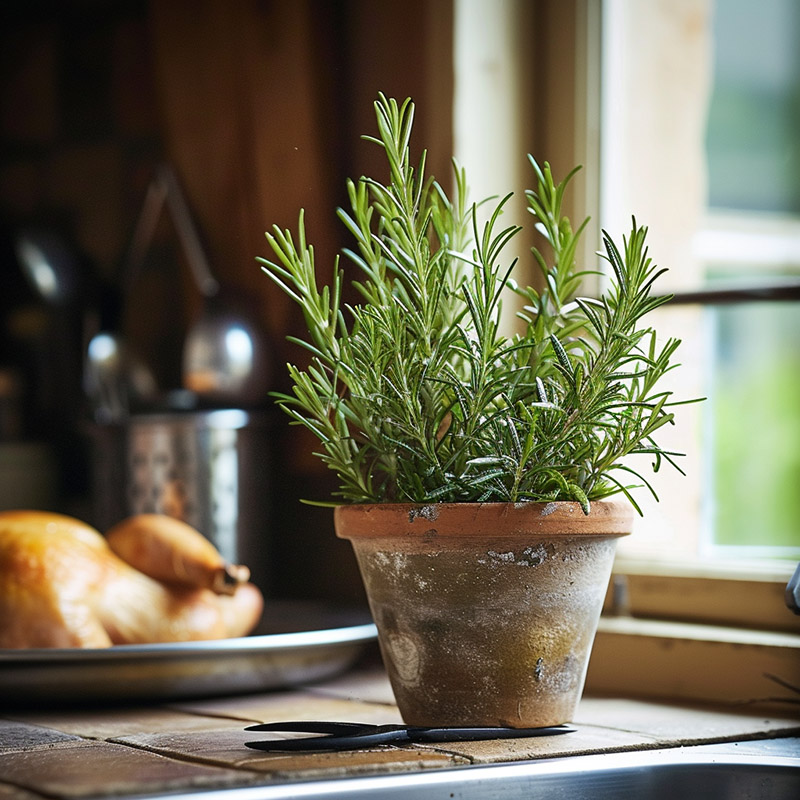
How Rosemary is used in cooking
Rosemary, known for its woody aroma and astringent flavor, is commonly used in Mediterranean cooking. It's excellent for flavoring roasted meats like chicken, lamb, and beef, and is a wonderful addition to potatoes, focaccia, and soups. Rosemary's robust flavor also complements tomato-based sauces and stews.
Processing Rosemary
Rinse the rosemary sprigs and pat dry. Remove the leaves from the woody stems if desired.
Storing Rosemary
Wrap rosemary in a damp paper towel and store it in a plastic bag in the refrigerator. Rosemary can also be dried or frozen.
7. Thyme
Thyme is a hardy herb that prefers full sun and well-drained soil. It's perfect for adding depth to soups, stews, and roasted meats.
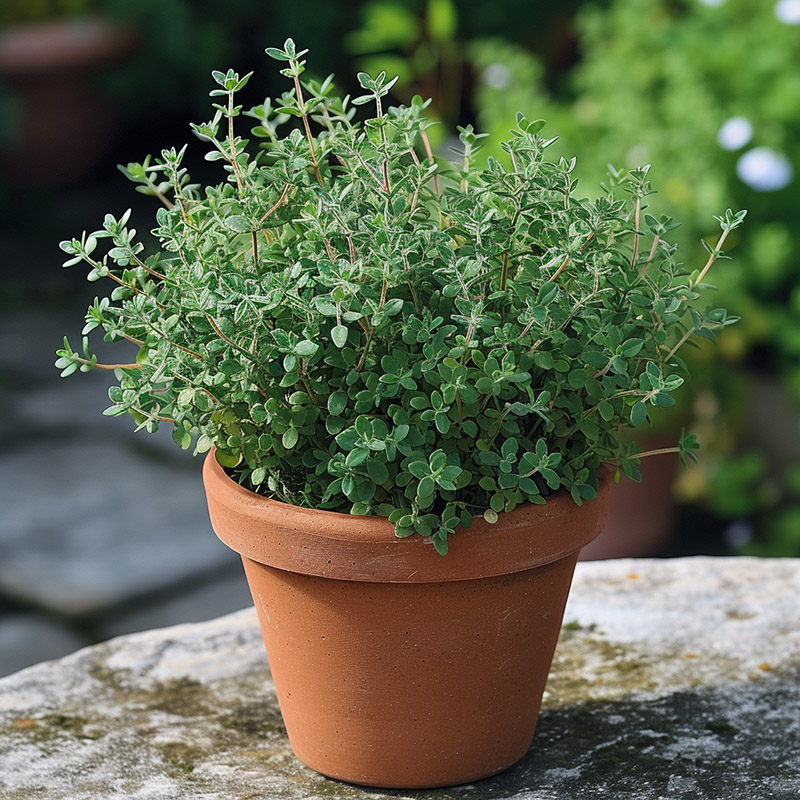
How Thyme is used in cooking
Thyme, with its earthy and slightly minty flavor, is a staple in French cuisine. It's used in bouquet garni to flavor soups, stews, and stocks. Thyme is also excellent with roasted vegetables, in marinades for grilled meats, and is a key herb in herbes de Provence.
Processing Thyme
Lightly rinse thyme under cool water and gently pat dry.
Storing Thyme
Store thyme in a loosely closed plastic bag in the refrigerator. Thyme can also be dried or frozen for longer storage.
8. Oregano
A staple in Italian and Greek cooking, oregano is easy to grow and requires similar conditions as rosemary. It's great in sauces, on pizzas, and in marinades.
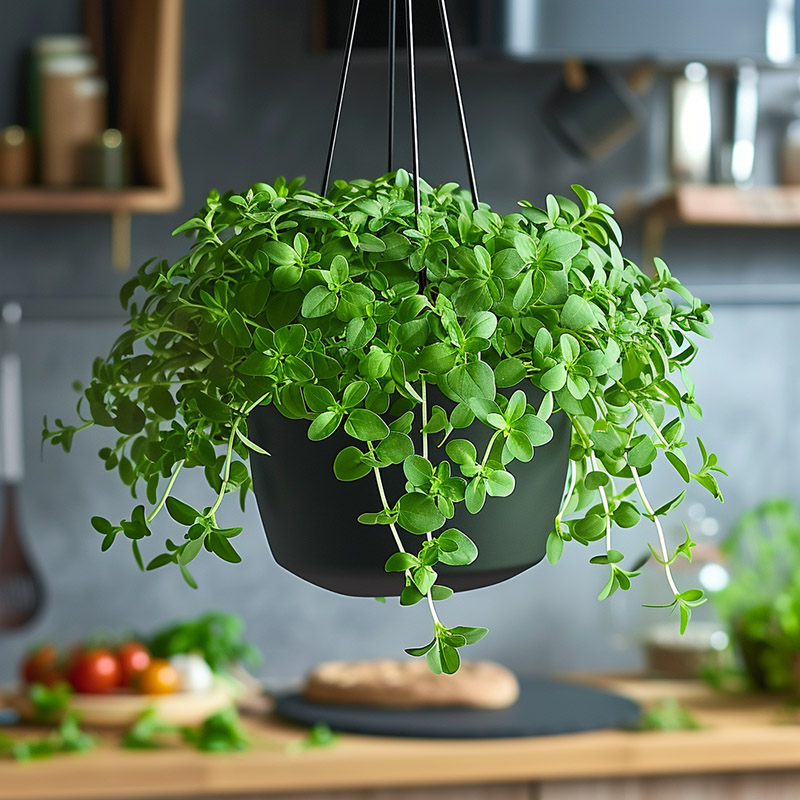
How Oregano is used in cooking
Oregano, with its bold and slightly bitter taste, is a hallmark of Italian and Greek cooking. It's used in tomato sauces, on pizzas, and in Greek salads. Oregano also complements grilled meats, especially in marinades, and is used in Mexican dishes like tacos and chili.
Processing Oregano
Rinse oregano and pat dry. The leaves can be stripped from the stems if desired.
Storing Oregano
Oregano can be stored in a plastic bag in the refrigerator or dried. To dry, hang the sprigs upside down in a warm, dry place until the leaves crumble easily.
9. Sage
Sage thrives in well-drained soil and full sun. It's a wonderful herb for seasoning poultry, pork, and in stuffings.
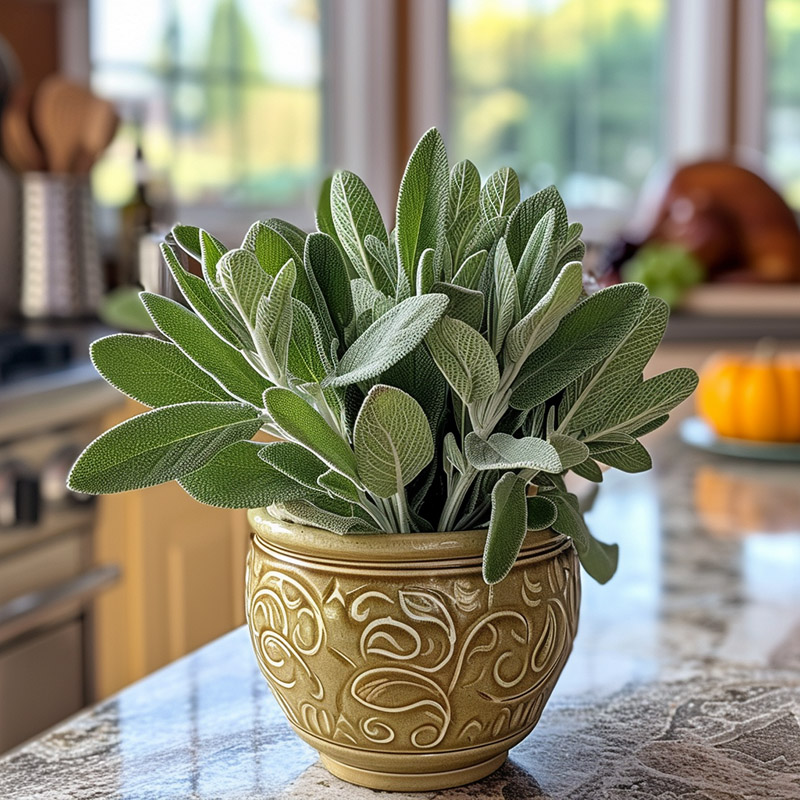
How Sage is used in cooking
Sage, known for its earthy and slightly bitter taste, is often used in Italian and British cooking. It's a classic seasoning for stuffing and pairs well with fatty meats like pork and duck. Sage is also used in pasta dishes, like the Italian classic, butternut squash ravioli with sage brown butter.
Processing Sage
Wash sage leaves and dry them thoroughly.
Storing Sage
Wrap sage in a paper towel, then place it in a plastic bag in the refrigerator. Sage can also be dried for long-term storage.
10. Dill
Dill grows easily in well-drained soil with plenty of sunlight. It's perfect for fish dishes, salads, and for pickling.
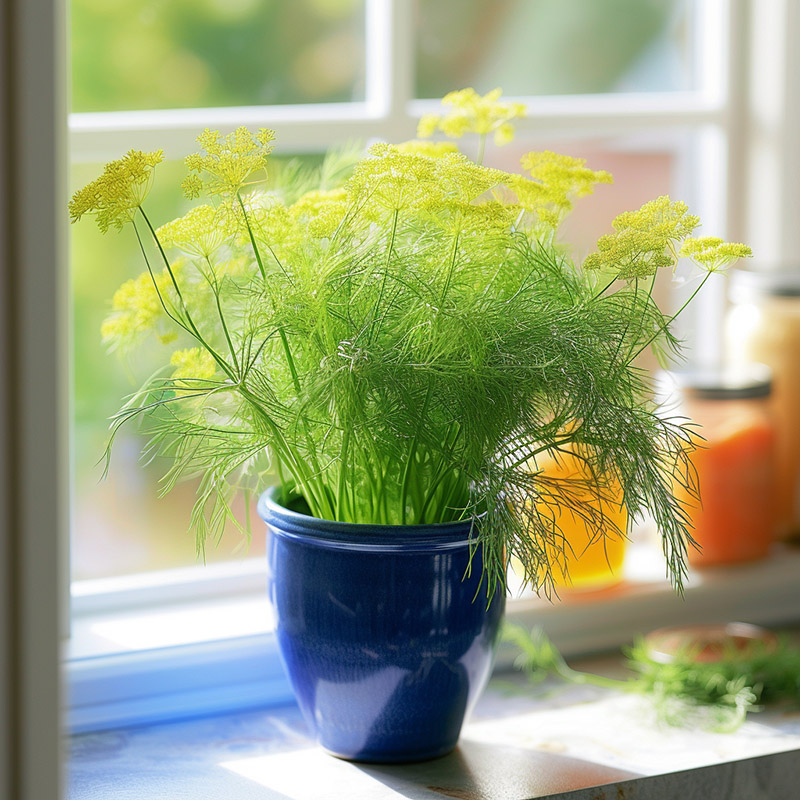
How Dill is used in cooking
Dill, with its light and feathery texture and sweet taste, is widely used in European and Middle Eastern cooking. It's essential in dishes like dill pickles, salmon gravlax, and potato salads. Dill is also used in creamy sauces, soups, and to flavor yogurt-based dips.
Processing Dill
Rinse dill under cool water and shake off excess moisture. Pat dry.
Storing Dill
Wrap dill in a damp paper towel and place it in a plastic bag in the refrigerator. Dill can also be frozen, either whole or chopped, in an airtight container or bag.